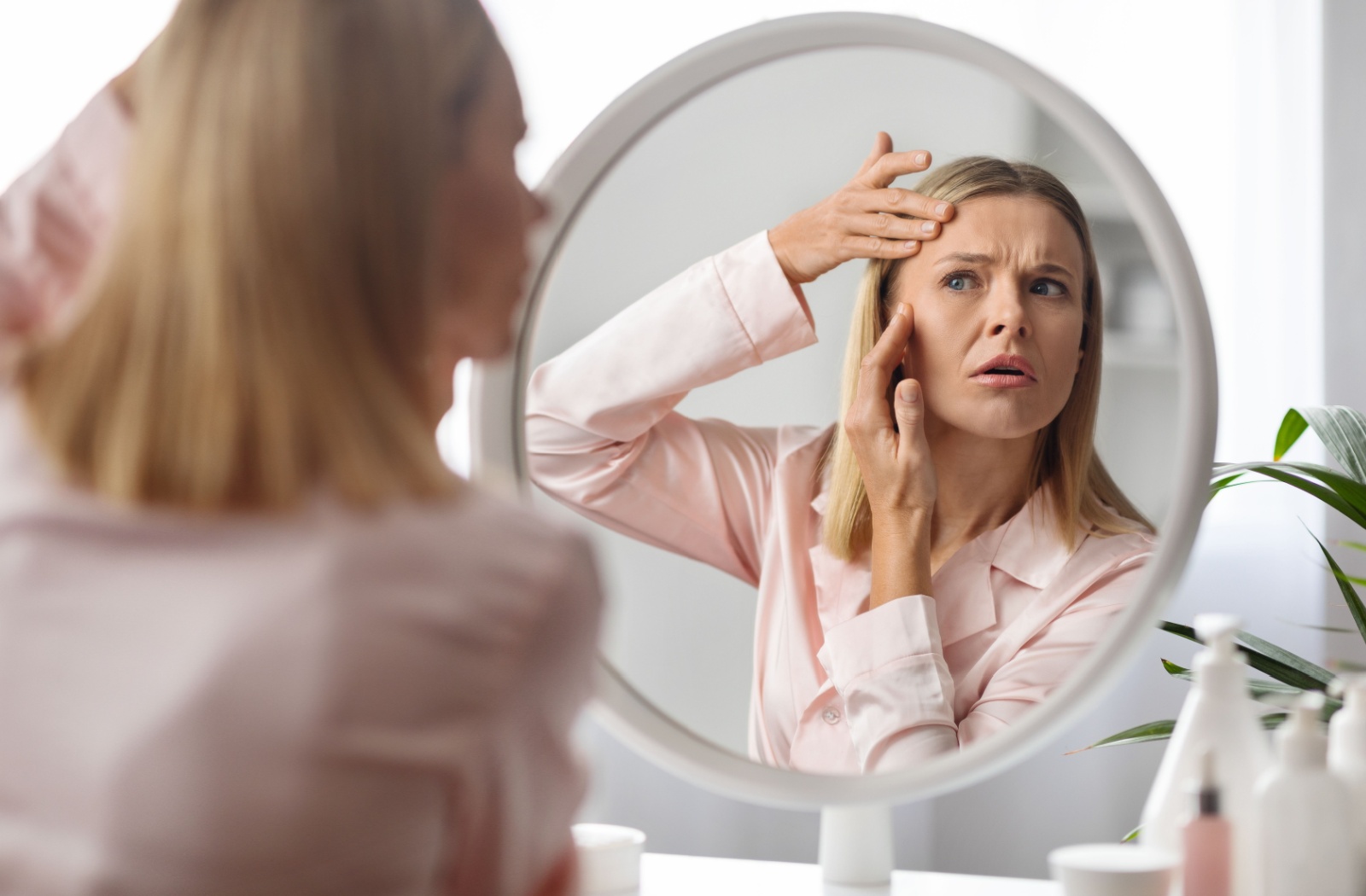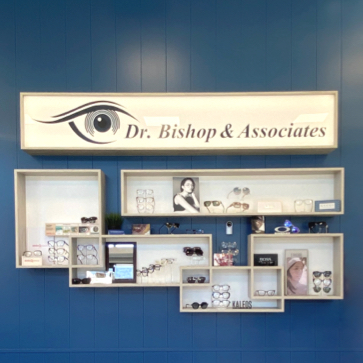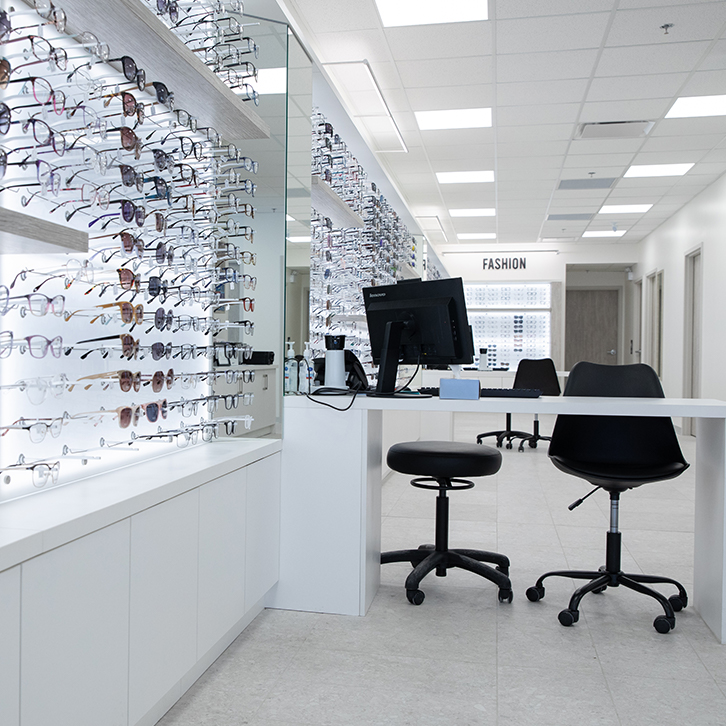Experiencing dry skin around the eyes can be both uncomfortable and concerning. Many of us have felt that familiar irritation, persistent itching, and unsightly flaking that can make even the simplest tasks feel challenging. Environmental factors are a common cause, but it could indicate a skin condition, such as:
- Blepharitis
- Conjunctivitis
- Rosacea
Regular eye exams can help identify underlying issues that may exacerbate skin problems. Many of these conditions are often interconnected, being both the symptoms and causes of each other. Once we uncover the source of your discomfort, the next step is addressing smoothness through professional skin care.
Blepharitis
Blepharitis is an inflammation of the eyelids that affects the area where eyelashes grow. It occurs when tiny oil glands near the base of the eyelashes become clogged, leading to irritated and red eyes. It can also result from an infestation of microscopic Demodex mites or a build-up of dead skin. This condition can significantly contribute to dry skin around the eyes.
Symptoms of blepharitis include:
- Redness
- Swelling
- Itching
- Burning sensation in the eyes
- Crusting around eyelashes
- Flaky skin around the eyelids
Blepharitis is also one of the primary causes of dry eye disease since its inflammation can affect your natural tear production.
Managing & Preventing Blepharitis
Managing blepharitis typically includes maintaining good eyelid hygiene. Here are some practical steps:
- Cleanse your eyelids regularly with a warm compress and mild soap
- Apply antibiotic ointments if prescribed by your doctor
- Use artificial tears to relieve dry eye symptoms
- Avoid using eye makeup during flare-ups to prevent further irritation
- Visit your eye doctor for in-office treatment, such as Bleph-Ex to clean and exfoliate your eyelids
Regularly cleaning your eyelids can help prevent future occurrences of blepharitis.
Conjunctivitis (Pink Eye)
Conjunctivitis, commonly known as pink eye, is an inflammation of the conjunctiva, the transparent membrane that lines the eyelid and covers the white part of the eyeball. It can be caused by viruses, bacteria, allergens, or chemicals. While only the viral and bacterial types are contagious, they’re all irritating and disruptive to daily life.
While conjunctivitis primarily affects the eyes, it can also lead to dry skin around the eyes if you are frequently rubbing them due to the irritation. Other symptoms include:
- Pink/red in the white part of the eye
- Crusty eyelids
- Watery eyes
- Mucus discharge from the eye
- Feeling like there is something in the eye
The discharge associated with conjunctivitis can further irritate and dry out the surrounding skin.
Managing & Preventing Conjunctivitis
Treatment for conjunctivitis depends on what type you’re dealing with. Chemical conjunctivitis can be an eye emergency, meaning if you’re exposed you should rinse your eyes and seek emergency care. Avoiding allergic conjunctivitis typically comes down to avoiding allergens, such as pollen or pet dander.
General tips for managing conjunctivitis include:
- Keep your hands clean and avoid touching your eyes
- Use prescribed eye drops to alleviate symptoms
- Apply a moist compress to soothe the affected area
- Avoid sharing personal items like towels and pillowcases to prevent spreading viral or bacterial pink eye
Rosacea
Rosacea is a chronic skin condition that primarily affects the face, causing redness, visible blood vessels, and, in severe cases, pimple-like bumps. When rosacea affects the eye area, it is known as ocular rosacea. This condition can lead to:
- Persistent redness
- Dryness
- Irritation around the eyes and eyelids
- Eyelid swelling
- Watery eyes
- Light sensitivity
- Small pimple-like bumps around the eyes
Managing & Preventing Rosacea
Managing rosacea around the eyes can involve both medical treatments and lifestyle adjustments:
- Topical treatments and oral medication can help control the symptoms
- Use artificial tears to alleviate dryness and irritation around the eyes
- Opt for fragrance-free skin care products to minimize irritation
- Wear sunscreen daily to protect against UV radiation, which can exacerbate rosacea symptoms
- Keep a diary to identify and avoid personal triggers such as spicy foods, hot beverages, alcohol, extreme temperatures, and stress
Other Factors Behind Dry Skin
Our skin goes through a lot every day, which can make pinpointing the source of dryness a challenge all on its own. Some other common causes of dry skin around the eyes are:
- Allergies and food sensitivities
- Lack of oil in your skin due to aging
- Poor skincare routine
- Lifestyle habits, such as smoking, alcohol consumption, and a poor diet
- Lack of sleep
- Chronic stress
- Environmental factors, such as cold weather, dry air, or sun exposure
Soothing Dry Skin Around the Eyes
The skin around your eyes can be sensitive to irritants. It requires water and oils to help it stay supple and healthy. Preventing dry skin around the eyes depends on the cause, but you can help reduce your risk of dry skin by:
- Staying hydrated by drinking plenty of water
- Eating a balanced diet rich in vitamins and minerals
- Getting enough sleep to help your skin repair and regenerate
- Wearing sunglasses to protect your eyes from UV rays
- Cleansing gently to remove dirt and makeup without stripping moisture
- Moisturizing daily with a gentle, hydrating eye cream
- Using sunscreen to protect the delicate skin around your eyes
Find Relief from Dry Skin Around the Eyes
Dry skin around the eyes can be frustrating, and though it’s not generally dangerous, it can indicate a larger problem. If you’re concerned about dry skin and your eye health, don’t hesitate to contact our knowledgeable team at Dr. Bishop & Associates. We can examine your symptoms and recommend a treatment plan tailored to your needs.
We’ve helped many people take control of their eye health. Book an appointment with us today, and bring comfort back to your skin.



















